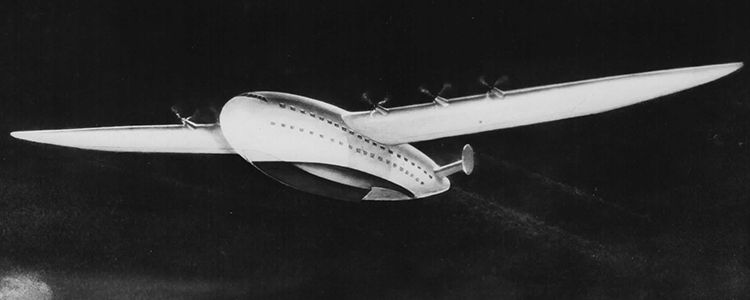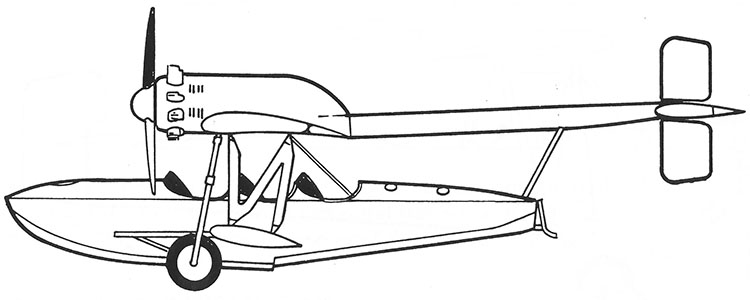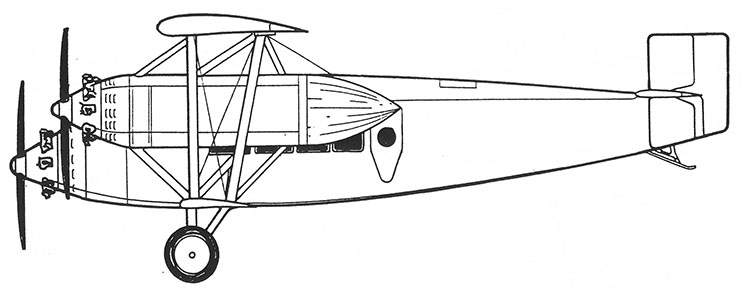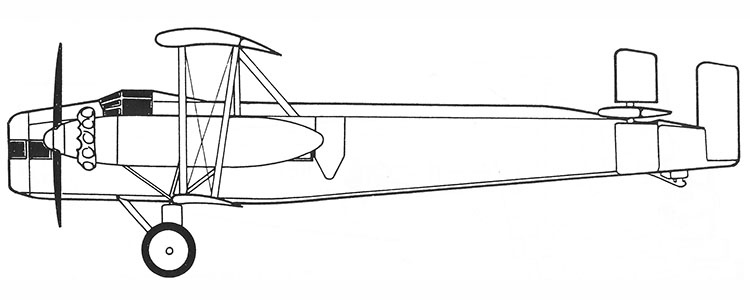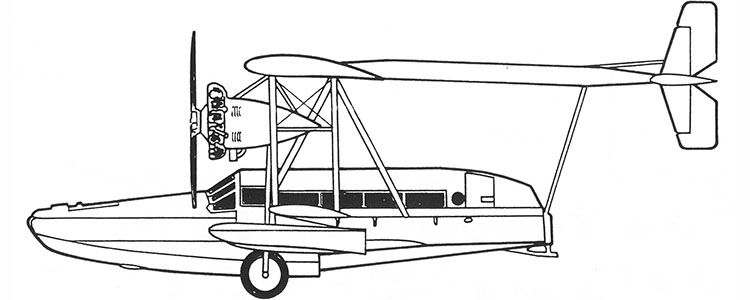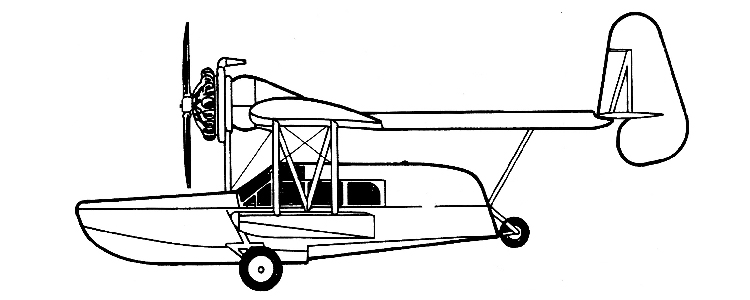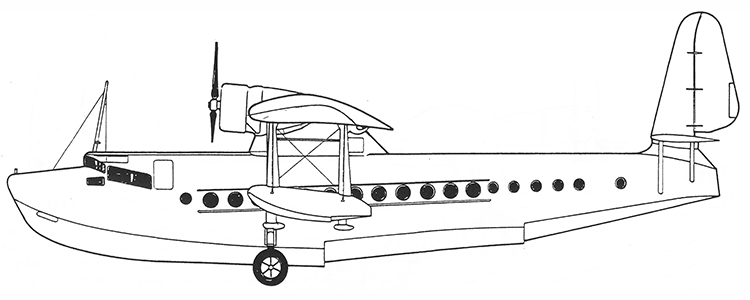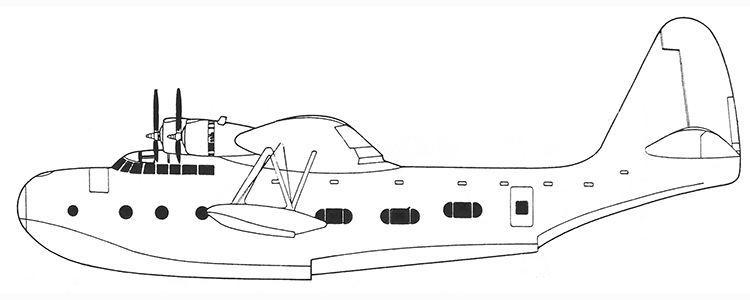Sikorsky Product History
American Fixed Wing Aircraft
(1919 - 1942)
Sikorsky S-28
Year Designed: 1919
First Flight: Did Not Fly
Quantity Built: 0
Summary:
Soon after arriving in the United States, Igor Sikorsky formed the Hannevig-Sikorsky Aircraft Company with fellow Russian emigres with a plan to build an aircraft capable of transporting 12,000 lbs at 90 miles per hour. The result was the S-28, designed as a civil variant of the Ilya Muromets aircraft family. The Hannevig-Sikorsky Aircraft Company was dissolved before the S-28’s construction could begin.
Sikorsky S-29-A
First Flight: 4 May 1924
Quantity Built: 1
Summary:
The S-29-A (“A” for America) was the first aircraft that Igor Sikorsky built in the United States. It featured twin 400 hp engines, held 14 passengers and cruised at 100 mph. Although only one was built, the S-29-A helped generate publicity for Igor Sikorsky and attracted investors for his later aircraft. In 1928, the S-29-A was sold to Howard Hughes and it was destroyed during the filming of the movie Hell’s Angels.
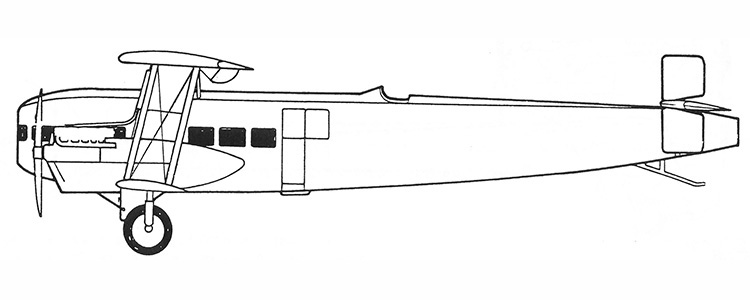
Sikorsky S-30
Year Designed: 1924
First Flight: Did Not Fly
Quantity Built: 0
Summary:
The Sikorsky S-30 was a never-built design for a twin 200 hp engine biplane capable of carrying 10 passengers.
Sikorsky S-31
First Flight: 13 September 1925
Quantity Built: 1
Summary:
The Sikorsky S-31 was a single air-cooled Wright J-4 200 hp engine biplane developed for the air mail service. It could also be used as an observation/bomber aircraft or carry 5 passengers.
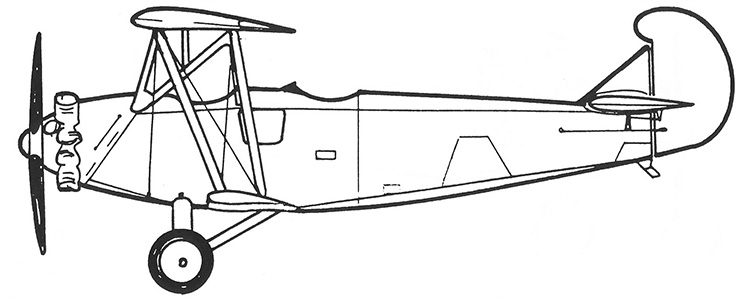
Sikorsky S-32
First Flight: 6 December 1926
Quantity Built: 1
Summary:
The Sikorsky S-32 was a single Liberty 400 hp engine biplane developed for the Andean National Corporation, a subsidiary of The Standard Oil Company, to ferry supplies in South America. Only one S-32 was built and it flew over 42,000 miles.
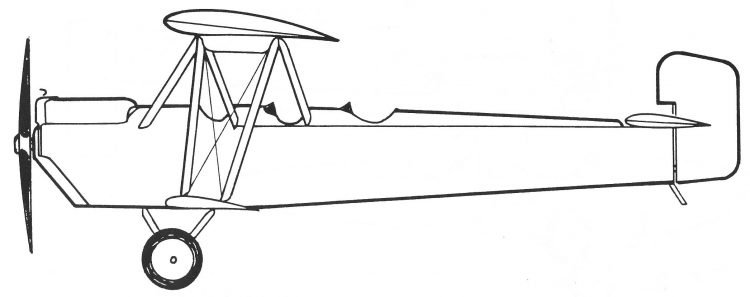
Sikorsky S-33
First Flight: 6 December 1925
Quantity Built: 2
Summary:
The Sikorsky S-33 Messenger was a two-seat wooden biplane powered with a Lawrence 60 hp air-cooled engine. The S-33’s Gluhareff-Sikorsky wing design provided greater control, performance, and safety. Two were built, one as a racer and the other as a utility aircraft.
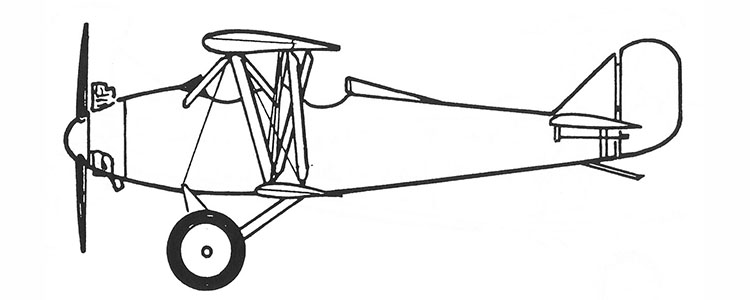
Sikorsky S-34
First Flight: 1926
Quantity Built: 1
Summary:
The Sikorsky S-34 was Igor Sikorsky’s first amphibious aircraft and a major pivot point in the Sikorsky business after difficulty penetrating the aviation industry with the S-31 through S-33. It was powered by twin Wright J-5 225 hp engines and carried 6 passengers. Only one was built and it crashed and sank into the Long Island Sound during its test flight.
Sikorsky S-35
First Flight: 23 August 1926
Quantity Built: 1
Summary:
The Sikorsky S-35 was built to compete for the first non-stop flight across the Atlantic Ocean. Powered by three Gnome Rhone Jupiter 425 hp engines, the projected range of the S-35 was 4000 miles. Disaster struck during its final test flight with maximum takeoff weight, when a landing gear failed during takeoff and it crashed, killing two of four crew members. The loss of the S-35 put the Sikorsky Corporation in deep financial debt.
Sikorsky S-36
First Flight: 20 August 1927
Quantity Built: 6
Summary:
The Sikorsky S-36 was based on the S-34 design but with an enclosed cabin for up to 8 passengers and cargo. Six aircraft were built and provided Igor Sikorsky with vast amounts of experience he used to design and produce the highly successful Sikorsky S-38.
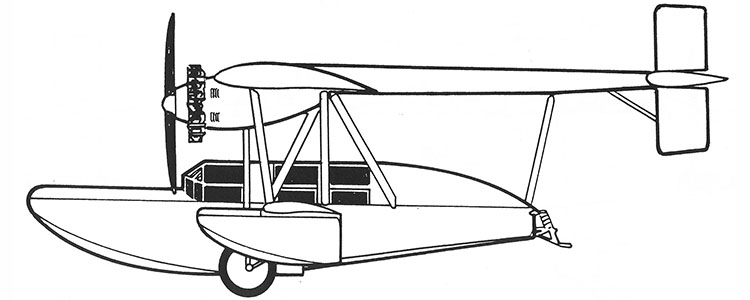
Sikorsky S-37
First Flight: August 1927
Quantity Built: 2
Summary:
Following the crash of the Sikorsky S-35, Igor Sikorsky designed the Sikorsky S-37 to perform the first non-stop trans-Atlantic flight. However, before flight testing was completed, Charles Lindbergh reached Paris in the Spirit of Saint Louis. The S-37 was sold to American Airways International to perform survey flights for future commercial air routes. Also, a second S-37 aircraft, known as the Sikorsky S-37B, was built for as an unsuccessful entry in a U.S. Army Air Corps military bomber contract competition.
Sikorsky S-38
First Flight: 26 June 1928
Quantity Built: 111
Summary:
The Sikorsky S-38 was the most successful aircraft designed by Igor Sikorsky. 111 aircraft were produced including 38 for Pan American Airways. The S-38 carried 8 passengers and 2 crew and was powered by twin Pratt & Whitney Wasp 400 hp engines, which achieved 100 mph. With the success of the S-38, Igor Sikorsky was able to reorganize the Sikorsky Aviation Corporation and build a new, modern factory in Stratford, Connecticut.
Sikorsky S-39
First Flight: 24 December 1929
Quantity Built: 21
Summary:
The Sikorsky S-39 was a single-engine derivative of the Sikorsky S-38, powered by a Pratt & Whitney Wasp Junior 300 hp air-cooled engine. It carried a pilot and 4 passengers.
Sikorsky S-40
First Flight: 7 August 1931
Quantity Built: 3
Summary:
The Sikorsky S-40, known as “The American Clipper”, was a large, amphibious aircraft designed and built for Pan American Airways. It was powered by four Pratt & Whitney Hornet 575 hp engines and carried 4 crew and 4o passengers. At the time it was built, it was the largest aircraft built in America and the largest amphibious aircraft in the world.
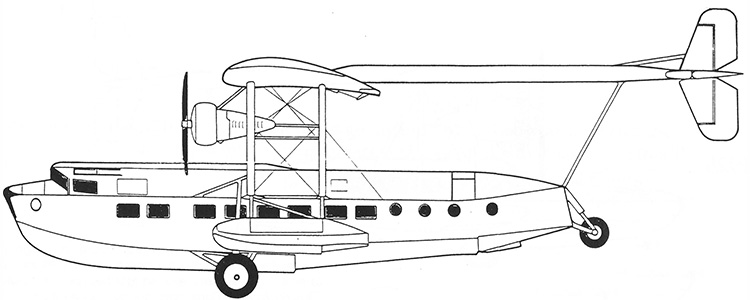
Sikorsky S-41
First Flight: 4 May 1930
Quantity Built: 7
Summary:
The Sikorsky S-41 was similar in design to the Sikorsky S-38; however, was larger and a monoplane rather than a biplane. The S-41 was powered by two Pratt & Whitney Hornet 575 hp engines and carried 2 crew and 14 passengers.
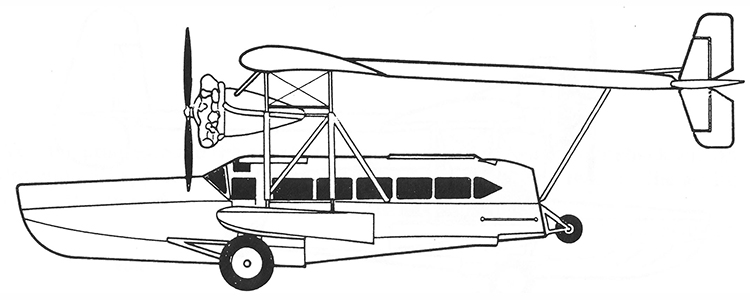
Sikorsky S-42
First Flight: 30 March 1934
Quantity Built: 10
Summary:
Powered by four Pratt & Whitney Hornet 750 hp engines, the Sikorsky S-42 was the largest seaplane of its day, carrying 2 crew and 35 passengers. Pan American Airways established routes between the United States and South America with the S-42.
Sikorsky S-43
First Flight: 1 June 1935
Quantity Built: 53
Summary:
Known as “The Baby Clipper”, the Sikorsky S-43 carried 19 people, including crew and passengers. It was equipped with twin Pratt & Whitney Hornet 750 hp engines and was used in military and commercial service. The world’s last remaining Sikorsky S-43 has been in restoration since 2011 at the National Air and Space Museum.
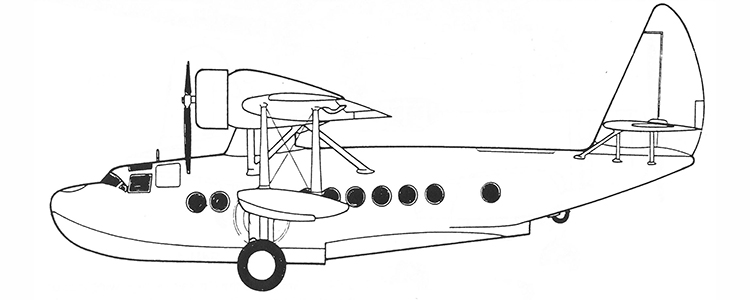
Sikorsky S-44 / VS-44A
First Flight:
13 August 1937 (S-44)
10 February 1942 (VS-44A)
Quantity Built:
1 (S-44)
3 (VS-44A)
Summary:
The Sikorsky S-44 was a patrol bomber developed for the U.S. Navy while the Sikorsky VS-44A was a commercial adaptation developed for American Export Airlines. Very little is known about the U.S. Navy’s S-44, designated XPBS-1. The VS-44A, with its four 1200 hp engines, was the most technically-advanced aircraft of its time.
Sikorsky S-45
First Flight: Never Built
Quantity Built: 0
Summary:
The Sikorsky S-45 was a six-engine, two-level, 100 passenger flying boat concept designed for Pan American Airways. By the early 1940s, airlines were shifting to aircraft that could land at land-based airports and no S-45 aircraft were built.
